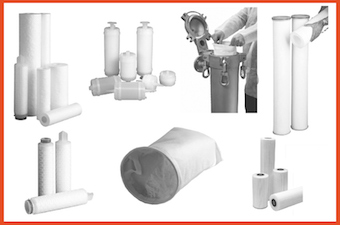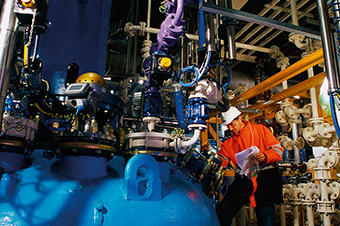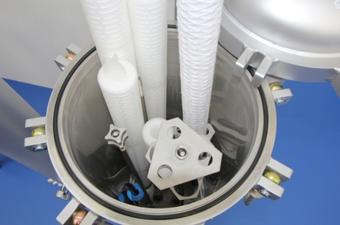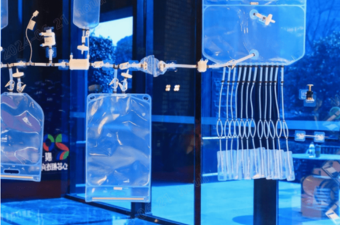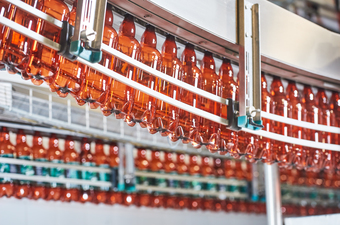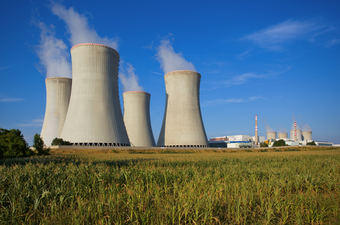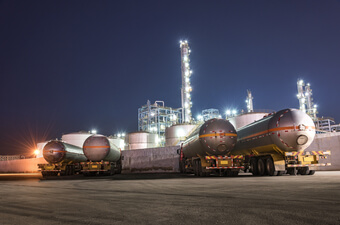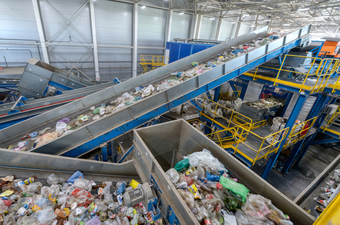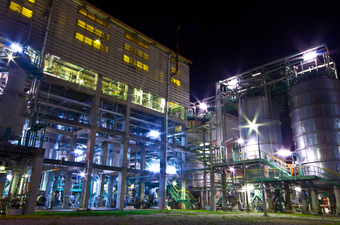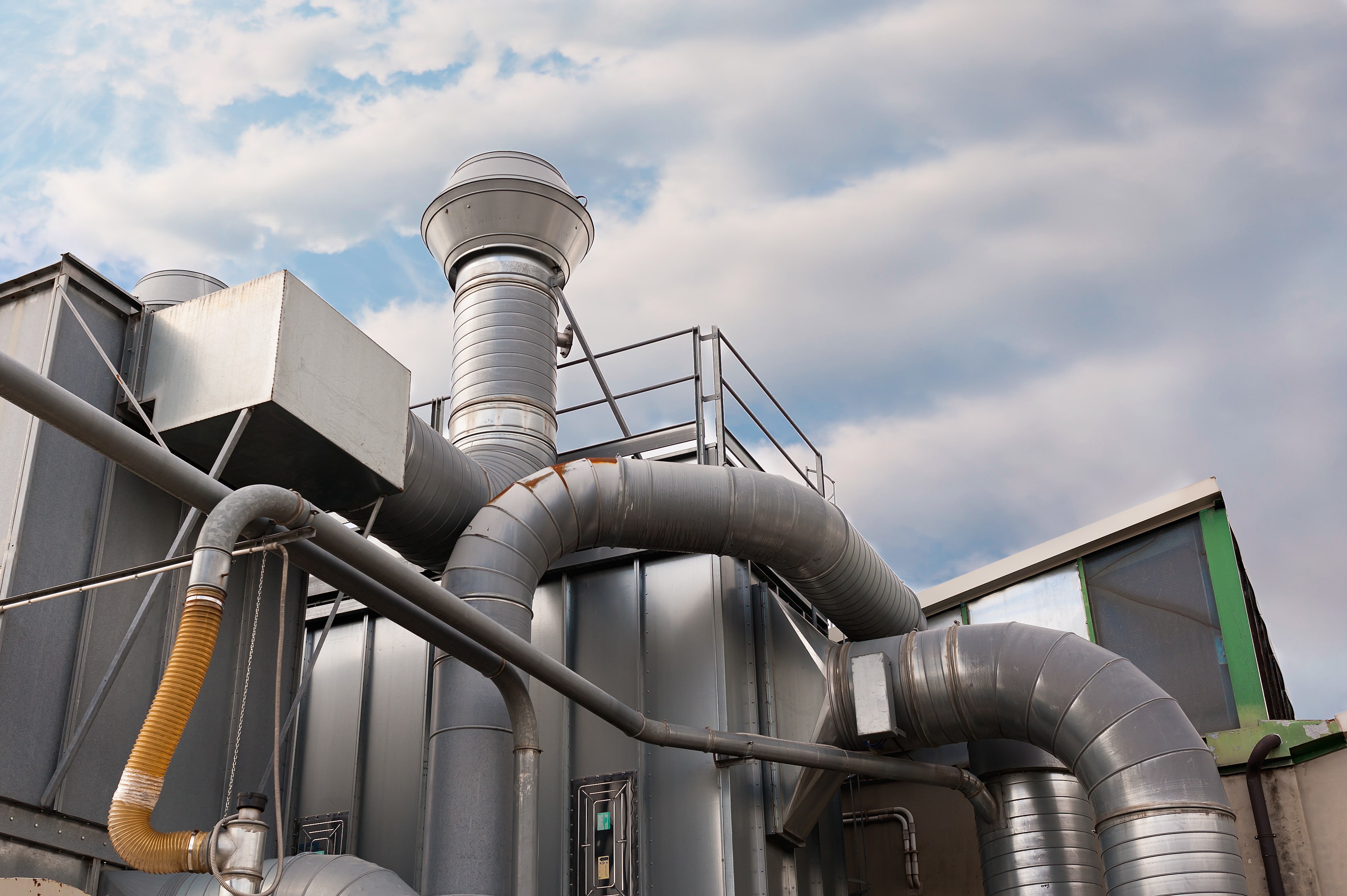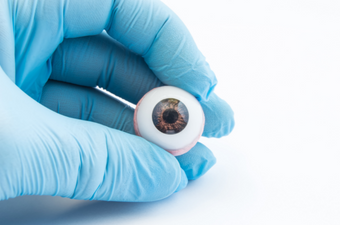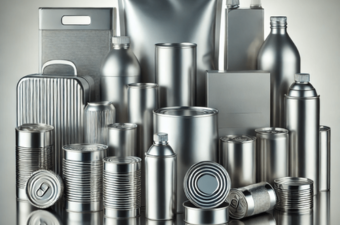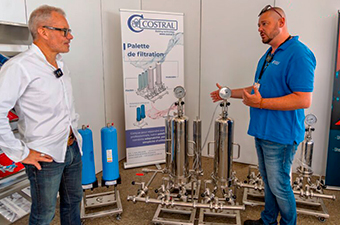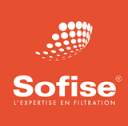Business activity: manufacture of steam generators and industrial nuclear steam boilers
Company type: major international group
Period of creation of the company : 1950s
Contact(s) : Process and tooling development manager
COMPANY CONTEXT
The company designs and manufactures nuclear boilers. In nuclear power plants with a pressurised water reactor, the heat produced in the reactor core is transmitted via the circulation of water in a closed circuit, known as the primary circuit, to a secondary circuit in which the water, transformed into steam, is used to power turbines producing electricity. The interface between the primary and secondary circuits is provided by steam generators.
The operation of these nuclear power plants produces liquid and gaseous effluents, which must be treated and whose composition must be analysed regularly.
FILTRATION PROBLEMS
The customer wanted to install an upstream filtration device to protect an effluent analyser positioned on a bypass of an effluent treatment loop, composed in particular of oxalic acid and iron in solution. The latter are treated by adding hydrogen peroxide (H2O2). This oxidising treatment produces iron oxide particles that precipitate.
The solid thus formed interferes with the operation of the effluent analyser and tends to clog the tubing. It was therefore imperative to filter the effluent before it reached the effluent analyser.
The filter system had to be able to operate under the following operating conditions:
- Flow rate: 40 L/min, i.e., 2.4 m3/h
- Pressure: 2 bar
- Temperature: 60°C on average, with peaks up to 95°C
- Viscosity: close to that of water
THE PEMFLOW FILTRATION SOLUTION
We recommended installing a system consisting of a 5-inch filter housing, sufficient to accommodate the expected flow rate of 40 L/min, and two polypropylene filter cartridges to retain particles. One of the filter cartridges provides nominal depth filtration, while the other (pleated cartridge) provides absolute depth filtration.
The O-rings on the filter cartridges are made of VITON®, a fluorinated synthetic rubber coated with PTFE, in view of the presence of H2O2.
Want to find out more about the differences between Nominal Filtration and Absolute Filtration? Read our article
PTFE, or polytetrafluoroethylene, has excellent corrosion resistance, even in the presence of chemically aggressive molecules such as hydrogen peroxide.
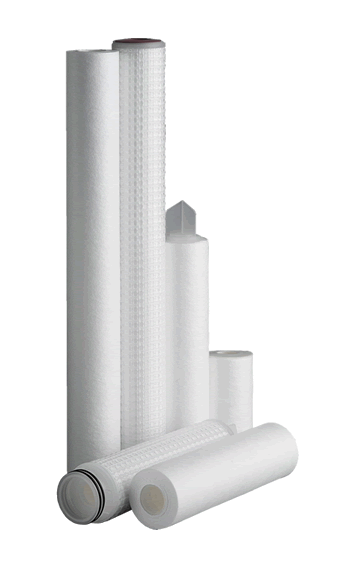

The characteristics of the filter housing selected are as follows:
- 316L stainless steel housing / ATEX
- Inlet/outlet: 1” BSP, with drain and vent connections in ¼” BSP F and a screw plug
- Seal in VITON®
The filter housing is delivered with a complete documentation pack (material certificate 3.1 + hydraulic test report + certificates of conformity (CE, ATEX and FDA)).
Do you work in the nuclear industry and want to optimise your filtration systems? Our experts can help you design your installations.
















